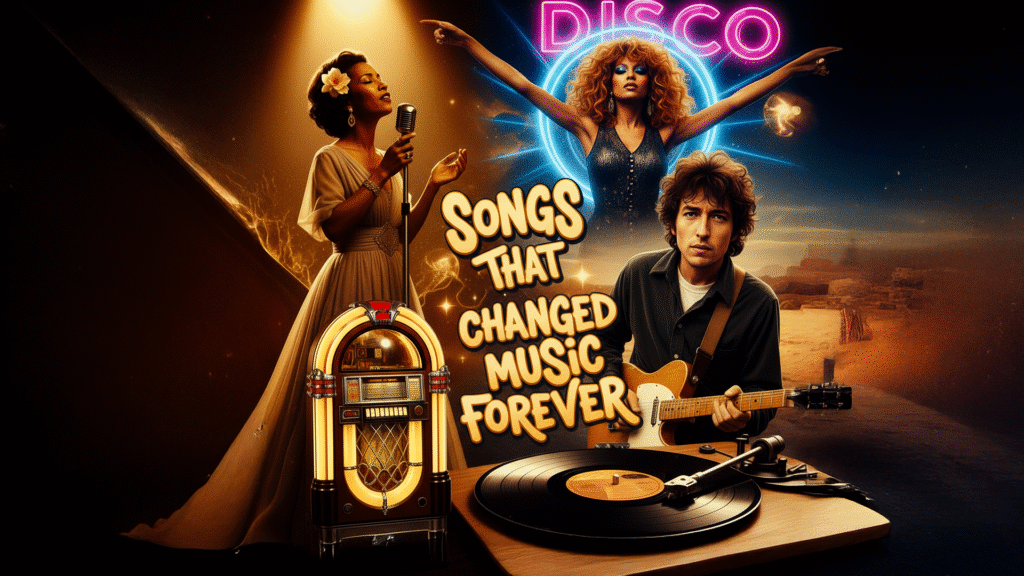Music history is a tapestry woven with threads of innovation, rebellion, and social change. While countless songs have captured the public’s imagination, only a select few have fundamentally altered the course of music. These tracks didn’t just top charts; they reshaped genres, challenged societal norms, and introduced new technologies.
Here are five songs that changed music history — and why their influence is still felt in classrooms, studios, and live performances across the world, including right here on the Sunshine Coast.
1. “Strange Fruit” – Billie Holiday (1939)
Before the Civil Rights Movement had its anthems, Billie Holiday delivered one of the boldest musical statements of the 20th century. Strange Fruit was based on Abel Meeropol’s poem, which likened the victims of lynching to “strange fruit” hanging from trees.
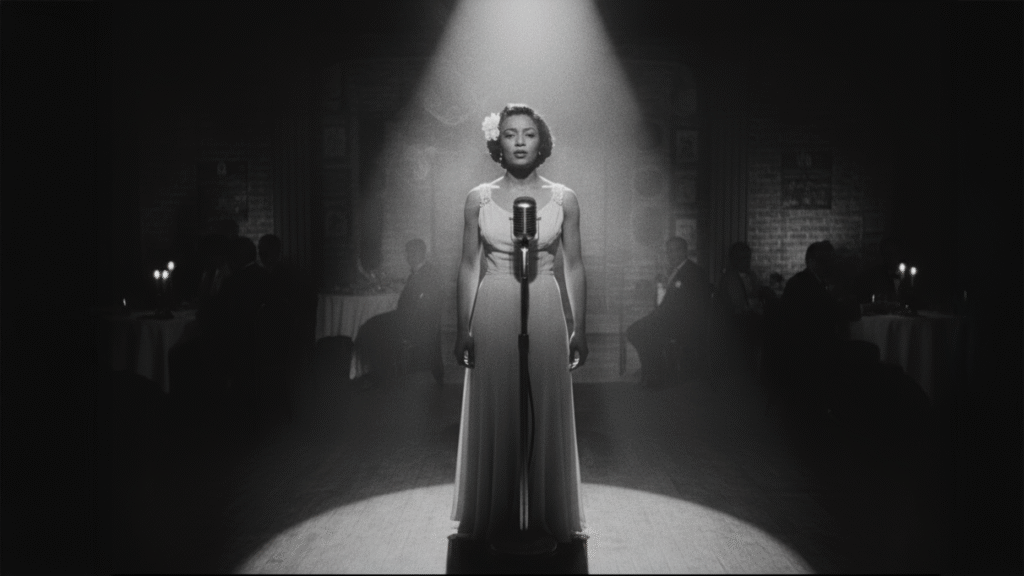
Why It Mattered
At a time when popular music avoided politics, Holiday broke barriers. Columbia Records refused to release it, so she recorded it with an independent label. The haunting ballad transformed her into a symbol of resistance and cemented the idea that music could confront injustice head-on.
From Bob Dylan to Kendrick Lamar, artists have followed her path, using music as protest. Strange Fruit remains a chilling reminder of how art can challenge society’s darkest realities.
2. “(We’re Gonna) Rock Around the Clock” – Bill Haley & His Comets (1954)
Though rock and roll had its roots in rhythm and blues, this track is often credited as the spark that lit the fire. When featured in the 1955 film Blackboard Jungle, Rock Around the Clock shot to number one in both the U.S. and U.K.
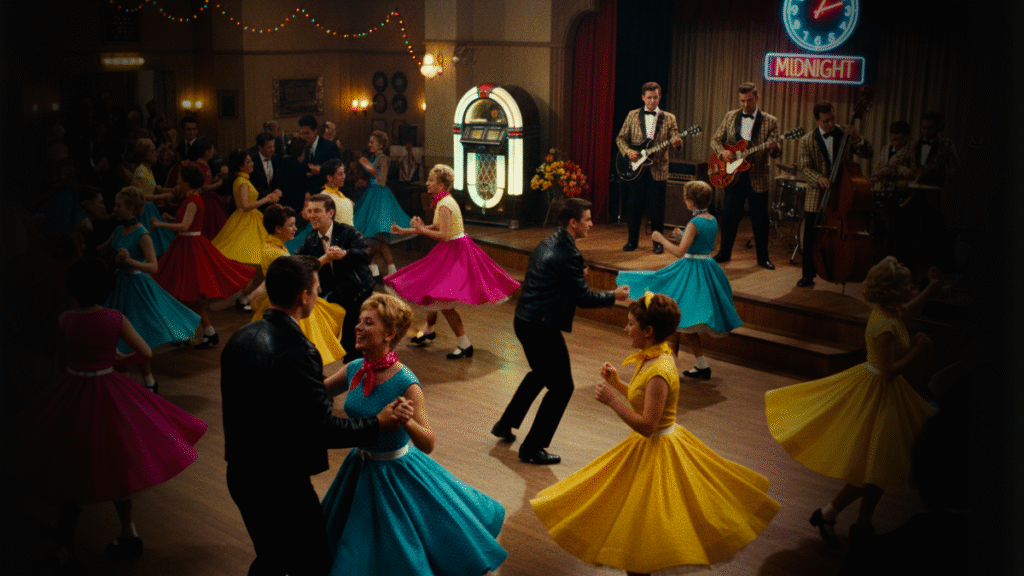
Why It Mattered
The song signaled the rise of youth culture. Teenagers, eager to break free from their parents’ music, embraced its energy and rebellious spirit. Just as importantly, it introduced Black-influenced music to white audiences, helping bridge racial divides.
Without this moment, the stardom of Elvis Presley, Chuck Berry, and Little Richard might have looked very different. It wasn’t just a hit single — it was the sound of a generation claiming its own voice.
3. “Like a Rolling Stone” – Bob Dylan (1965)
When Dylan “went electric” and released Like a Rolling Stone, it was a turning point for both folk and rock. At over six minutes long, it defied the three-minute pop song formula and paired snarling vocals with searing organ riffs.
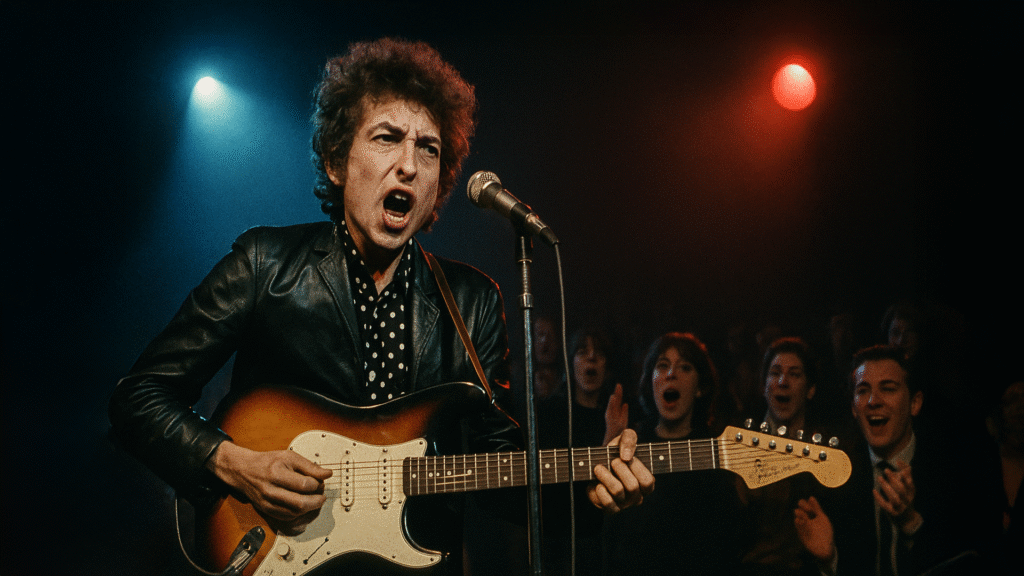
Why It Mattered
The track elevated rock into an art form, showing it could carry the weight of poetry, storytelling, and social commentary. Radio stations initially resisted its length, but public demand forced them to play it.
Dylan’s boldness inspired a generation of singer-songwriters. From Bruce Springsteen to Joni Mitchell, artists realized that lyrics could be as important as melody — and that popular music could be uncompromisingly artistic.
4. “I Feel Love” – Donna Summer (1977)
Disco ruled the late ’70s, but when Donna Summer teamed up with producer Giorgio Moroder, the sound of dance music was transformed. I Feel Love replaced orchestral disco with a hypnotic Moog synthesizer and relentless electronic beat.
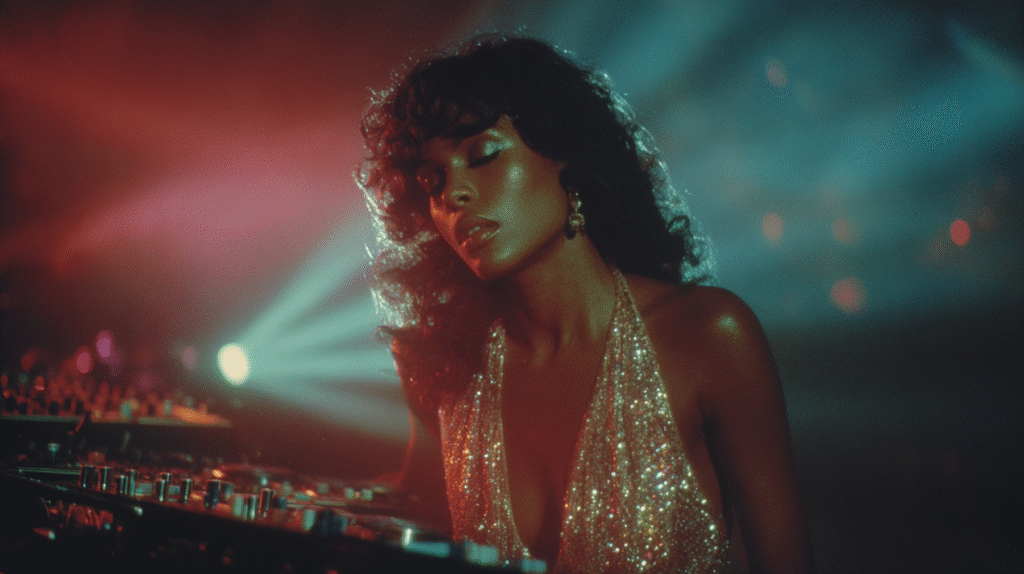
Why It Mattered
This track is widely considered the birth of electronic dance music (EDM). Brian Eno famously told David Bowie after hearing it: “This is the sound of the future.” He was right — techno, house, and trance all trace their DNA back to this recording.
Today, its influence still resonates in mainstream pop, club music, and the digital tools students learn to use when producing their own tracks.
5. “Rapper’s Delight” – The Sugarhill Gang (1979)
Hip-hop had been thriving in New York’s Bronx for years before Rapper’s Delight introduced it to the world. Sampling Chic’s Good Times, it became the first rap single to hit the Billboard Hot 100.

Why It Mattered
This was the world’s first taste of rap as a commercial art form. Suddenly, MCing and DJing leapt from block parties to radio airwaves worldwide. Just as importantly, it pioneered sampling — a cornerstone of hip-hop production and a spark for decades of creativity (and copyright battles).
The song was the “big bang” of a genre that would grow into one of the most dominant forces in global culture, shaping not just music but fashion, art, and language.
Conclusion
From Billie Holiday’s haunting protest to The Sugarhill Gang’s playful introduction of hip-hop, these songs remind us that music is more than entertainment — it’s a force for cultural and technological revolution. Each one marked a before-and-after moment, proving that sometimes a single track can change the world.
Local Connection — Learning from Music History in Noosa
At GS Music Lessons in Noosa, we believe that exploring music history is as important as learning chords and scales. When students understand the songs that shaped entire generations, they connect more deeply with their instruments and their own creativity.
Whether you’re starting guitar, drums, piano, or violin, our lessons help you not just play music, but understand its power to inspire change.
📍 Serving students across Noosa, Tewantin, Peregian, and the Sunshine Coast.
